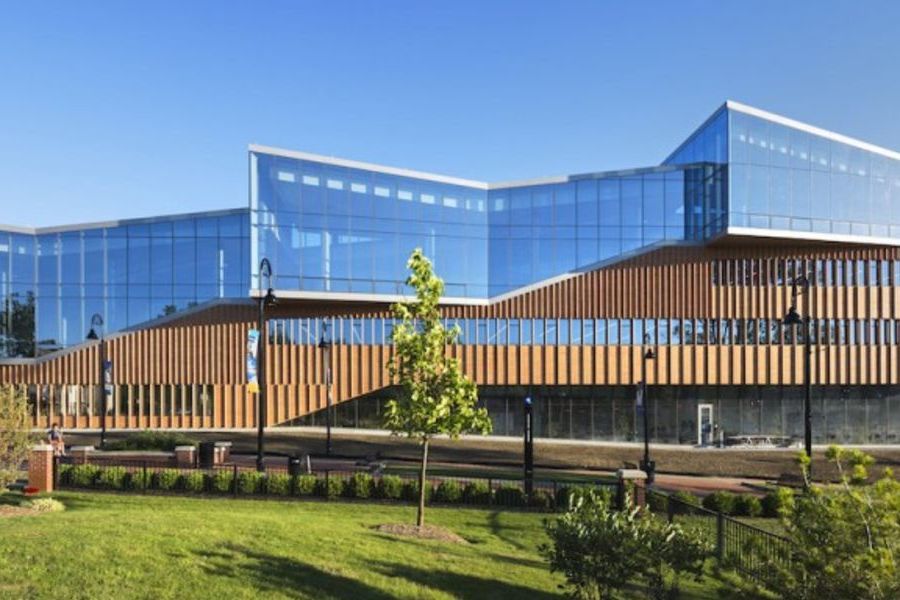Division of Research and Sponsored Programs

Kent State University’s Advanced Materials and Liquid Crystal Institute soon will be home to a new X-ray scattering instrument capable of examining materials in scales from as small as a fraction of a nanometer to as large as several micrometers.

Kent State University’s Advanced Materials and Liquid Crystal Institute soon will be home to a new X-ray scattering instrument capable of examining materials in scales from as small as a fraction of a nanometer to as large as several micrometers.

Kent State University psychology professor John Gunstad, Ph.D., has received at grant of nearly $2.6 million from the National Institutes of Health to expand his Alzheimer’s disease research into a national study.


In early February, scientists reported the hottest temperature on record in Antarctica: 65 degrees Fahrenheit. Studies show climate change is disproportionately affecting the poles, warming them faster than anywhere else on Earth, and raising questions about what kinds of changes we can expect in arctic ecosystems as temperatures rise. A Kent State University biologist has teamed up with some colleagues in an inter-institutional effort to answer some of those questions.



In 1901, the 16 Major League Baseball teams produced 455 home runs. Players were discouraged from attempting it. Nearly 120 years later, players couldn’t seem to help themselves, and MLB smashed all previous records. More homers might mean more exciting games, but some people question why the spike happened. A Kent State University chemist thinks he has some clues about this unusual surge in home runs.

